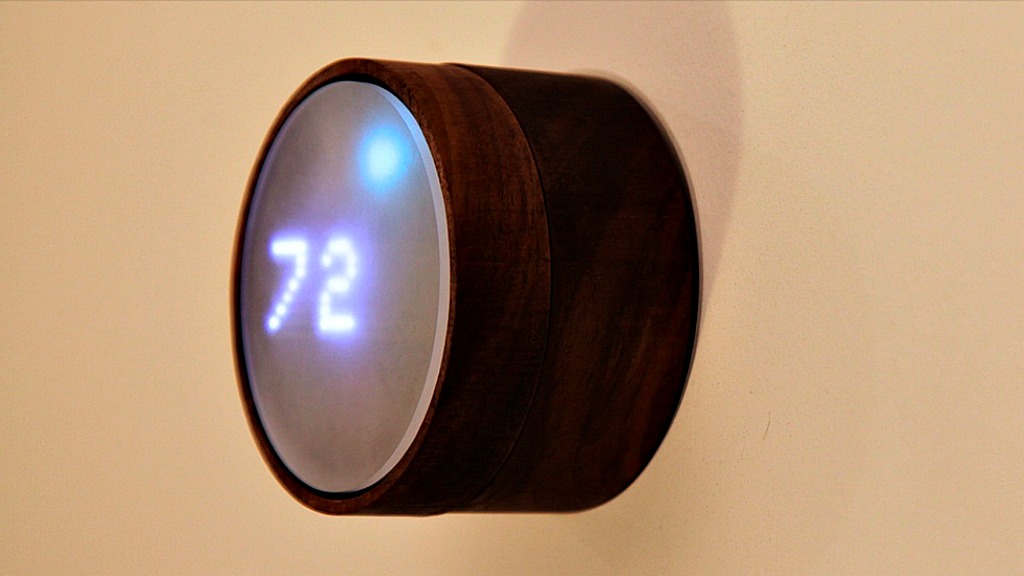Nest is a super-smart thermostat. Seriously, a little man lives inside the bubble-like dial, scribbling down what time you wake up, go to work, come home, and go to sleep, and that man is a GENIUS. All you do is turn the dial warmer or cooler (or adjust the heat with your smartphone), and the tiny man takes note and keeps the temperature just the way you like it. (SHH. That’s totally how technology works!)
So when Google acquired Nest last week for $3 billion, it was a big deal. (Will the little man tell your heating preferences to all your friends on Google+? Wait, no one uses Google+! Whew.) For those worried about Google’s increasingly prying eyes, fear not. You don’t need a Nest — you can make your very own open-source smart thermostat for about $70 (and about 60 hours … we never said this would be easy).
Open-source wi-fi chip manufacturer Spark has the step-by-step, illustrated instructions. Here’s what Spark used:
- A wi-fi core (Spark’s version, Spark Core, is $39)
- A temperature display (namely, several Adafruit 8×8 LED matrices)
- A Honeywell HumidIcon temperature and humidity sensor
- A few LED lights to communicate whether the heat or fan is on
- A Panasonic PIR motion detector
We’ll say it again: This does not look easy. There’s a lot of drilling and wires and shit. (It is arguably easier than genetically engineering your own two-inch man, granted.) But for a few motivated friends with a spare Saturday, it could be a fun foray into the Internet of Things.



